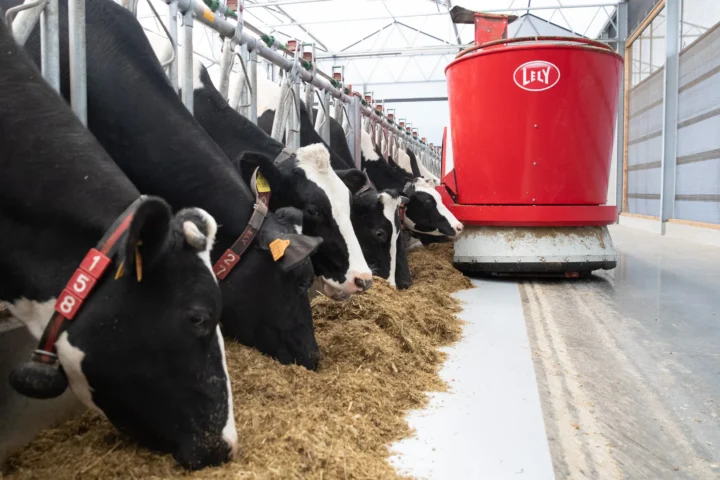In euro terms, financial transfers from Flanders to Wallonia will continue to increase in the coming years, but relative to the economy, the weight of the financial flow will decrease, according to an updated study.
The study by professors Willem Sas and Tom Truyts, published in late April and picked up by De Tijd, is a follow-up to a 2017 study on federal financial transfers between Flanders, Wallonia and Brussels.
After a dip due to the effects of the COVID-19 pandemic, the total amount of interregional transfers from Flanders has increased again. However, the weight of these transfers in relation to GDP is systematically decreasing.
Micro-flows
The report shows the sum of all the millions of micro-flows between people by region. It takes into account all individual contributions, such as income tax or VAT, but also social security contributions by employees and employers, as well as unemployment benefits, child benefits and pensions.
The Flemish Region and the Brussels-Capital Region are net contributors. Compared to 2020, the total amount of transfers from the Flemish Region increased by 2.6 billion euros: from a net contribution of 5.9 billion euros to 8.5 billion euros last year.
Per capita, this amounts to 1,259 euros. In the coming years, this amount will increase slightly. By 2028, it would be just under 8.8 billion euros.
Net recipient Wallonia
For the Brussels-Capital Region, the total last year was 2.9 billion euros, or 2,100 euros per inhabitant. By 2028, Brussels’ transfers will rise to almost 4.1 billion euros, or 3,316 euros per inhabitant.
The Walloon Region is and will remain a net recipient. The total will be more than 11 billion euros in 2023 and more than 12.8 billion euros in 2028. On a per capita basis, this amounts to 2,491 euros in 2023 and more than 3,450 euros in 2028.








